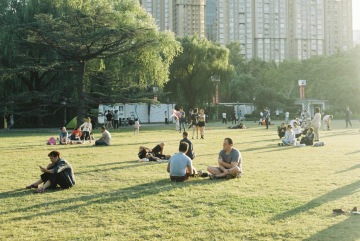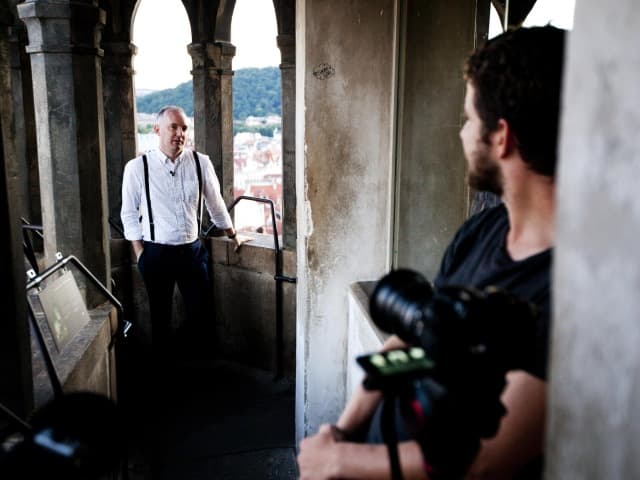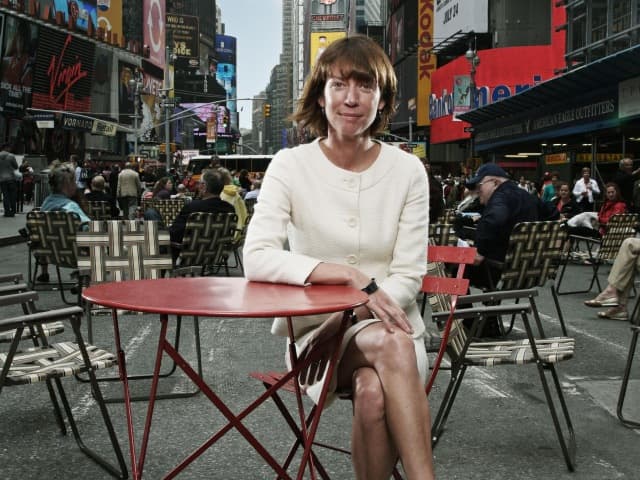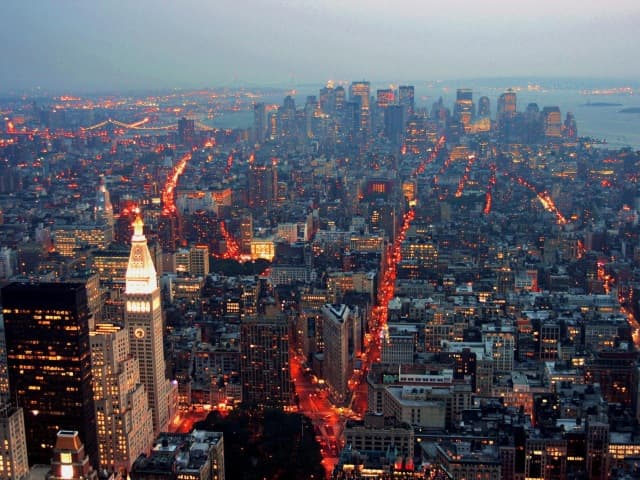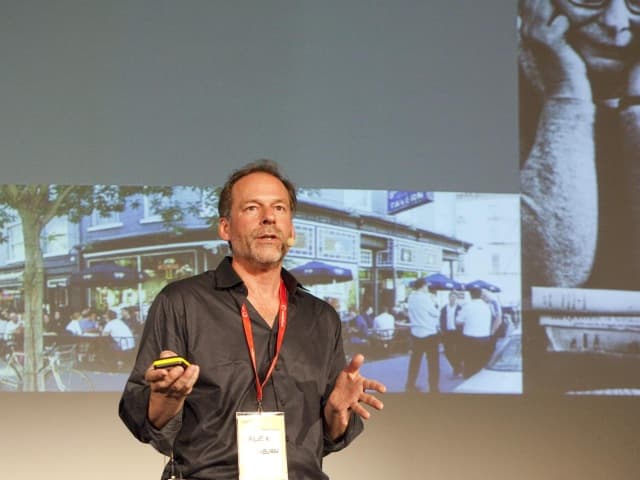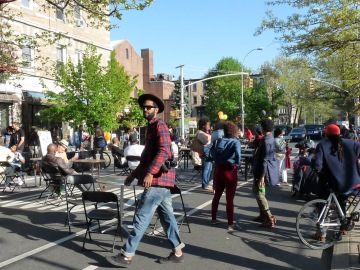
Brooklynization, Gentrification and the Faces of the City
Gentrification is warfare. Gentrification is Racist. Gentrification is not Christian. Gentrification is Ruining Hip Hop. Gentrification is the New Colonialism.
If one reads even the periphery of popular media about gentrifica-tion, it is quite easy to come away with a clear view that gentrifica-tion is bad for people and it’s bad for cities. However, as this title from The New Yorker questions : “Is Gentrification Really a Problem?”
How do we know? From whose side should we analyze — the municipality, the new resident, the land owner, the displaced? Typically, the analysis tilts toward the one who gets priced-out, or the one who must move on. What are the metrics that will allow us to understand when the gentrification, or upward mobility of a neighborhood has more negative effects than positive? Isn’t progress supposed to be what we are after in cities? Isn’t that why we come to cities in the first place — to improve our quality of life? Wanting a certain quality of life while wanting it to stop short as we know it are incompatible. There are movements in cities around the world to gentrify, and those to stop it.
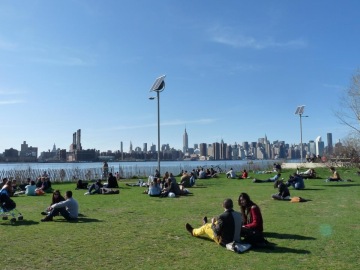
I lived in a neighborhood in Brooklyn that was arguably gentrifying for the last twenty years. My first-generation Italian-American neighbor would tell me at every chance she got, “honey, you wouldn’t be caught dead on this block in 1980 unless you were selling drugs or looking for hookers. We are surprised we survived it. Now, look at the place — it’s wonderful with all of you young people planting trees and saying hi to each other on the street.” Now, those same “young people” — the ones who moved in next door to the Italian ladies — are protesting the construction of new flats at the end of the street. They are arguing against gentrification.
Brooklynization and gentrification, while distinct from each other, often begin when a group of young creative types look for alternative housing in lower income communities, in lower-than-average-rent districts. Sometimes slowly, sometimes taking just a few years, the neighborhood becomes hip as like-minded folks move into to adjacent buildings and shops. Soon after, rents increase. This displaces existing residents. In most cases, municipalities and developers catch-on to the change in demographics and economics and incentivize new residential and commercial development. When this happens, the neighborhood undergoes one more change and even the original creative class cannot afford to live and work there any longer. The cycle continues. Some argue that this is a natural cycle of development in cities. Others, clearly believe it is the death of diversity and affordability in cities. We don’t predispose you to think either way. We are simply here to debate both sides of the argument in an attempt to better understand a global phenomenon in cities.
When we have the opportunity in life we often move up, not down the ladder.
If we don’t have that opportunity, we often try to make it. When the cycle of trends and urban economics collide we often get major change in urban neighborhoods. If one is on the side that moves in — it feels natural. If one is on the side that gets priced-out. It feels cruel. However, it is essential to see this from both sides to understand the complexity of urban development and how we might deal with the effects of gentrification, and how we might regulate, or plan for it. While it can often lead to financial shock to be part of a transforming neighborhood, it can also bring about positive changes such as better schools, neighborhood beautification, increased tax revenue or better transit, healthy food availability and cultural options. These aspects must not be overlooked.
Nearly once per week, I read a headline or article that goes something like this: “Want to Know Where to Live? These Cities are Best for Quality of Life.” Or, “Top 25 Most Livable Cities.” The articles often read like the glossary of a 21st century urbanism handbook for millennials. The globe beset with little “Brooklyns” complete with flannel-shirted hipsters, bearded bartenders, bike lanes, popup galleries, pedestrian zones, redesigned district newspapers and everything “green.”
Many aspects of highly desirable cities are not quantifiable. “Brooklynization” is one such factor. It is intangible. It cannot be measured on standard quality of life indices. It can't be designed from scratch, though some developers do try. Being cool is intangible and perhaps even vain, but you better be aware that it is important for young people who are looking for a good life in their city. It cannot be disregarded. These natural trends cannot be blamed entirely on free market tendencies, nor can those same economic forces alone solve them. And, as neighborhood cafes and restaurants and galleries start to look ubiquitous from Portland to Porto, Prague to Hong Kong, and residents feel animosity toward their new neighbors; citizens and municipalities alike must be sure to think about this holistically. They must understand how to plan for it and adapt to it in order to accommodate and deal with the dynamic changes.
Related Stories
Five Talks On Using Design for Social Impact
Socially conscious designers leverage economic, environmental, political and cultural factors and consider them in their efforts to improve the livability of the built environment.
Six Talks on Designing Cities to Include Greenspace
Cities benefit tremendously from the incorporation of greenspace, a connection to nature that is an arena to cultivate community.
Four Talks on Smart Cities: Do They Enhance or Weaponize our Environment
Technology is embedded in contemporary cities. From surveillance cameras to street lights, architects, scientists, planners, and engineers are finding new ways to streamline urban environments to improve the quality of life. Yet, some worry that increasing reliance on technology could lead to its potential abuse, especially when it comes to personal privacy.
Women Make Cities: Five Talks by Women Who Are Shaping the Urban Environment
Within the fields of architecture and urban planning, women are making their case for creating built environments that serve all genders. To close the gap of gender inequality and make spaces more inclusive and safe for women, the unique perspective provided by these speakers is essential to augmenting our idea of design. To move towards more inclusive cities, women must be at the forefront of change.
Related Talks
Immigration, Integration + Inclusive City-Making | reSITE City Talks
Martin Barry founded reSITE in Prague in 2011 to gather a community of people concerned with urbanism and creating better cities. Through events encouraging collaboration, Martin has raised awareness of the need for better public space, housing transportation, and integration of migrants in cities.
Janette Sadik-Khan on the Value of Our Streets + PlaNYC
Janette Sadik-Khan, former Commissioner of the Department of Transportation of New York City, discusses programs implemented in her time in the department and the positive changes these have made. She especially focused on safety and community opinion in her policies, and presents how they made safety programs appeal to people and how much safer she made the streets for pedestrians, cyclists, and drivers.
Revitalizing Public Space in New York City with Carl Weisbrod
Carl Weisbrod, Commissioner of New York City Planning, discusses the economic and cultural history of New York City, culminating in today's booming economy that is accompanied by a housing crisis. City growth leads to rapid social change, and transformation towards more affordable housing will allow the city to continue to thrive with healthier citizens.
The History of Urban Design and the Future of Sustainability in New York
Alexandros Washburn, former Chief Urban Designer of New York City, lectures for a reSITE 2013 conference on three main figures who shaped urban design in New York City. He gives examples of urban resilience in the face of climate change and the need for sustainability in all parts of city living, especially architecture and maintaining the livability of cities.

